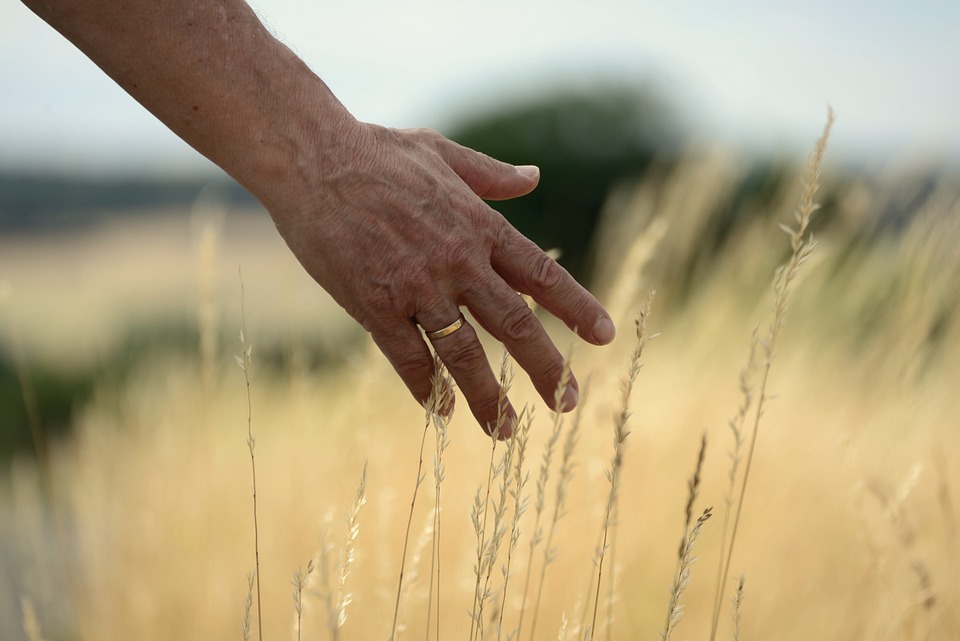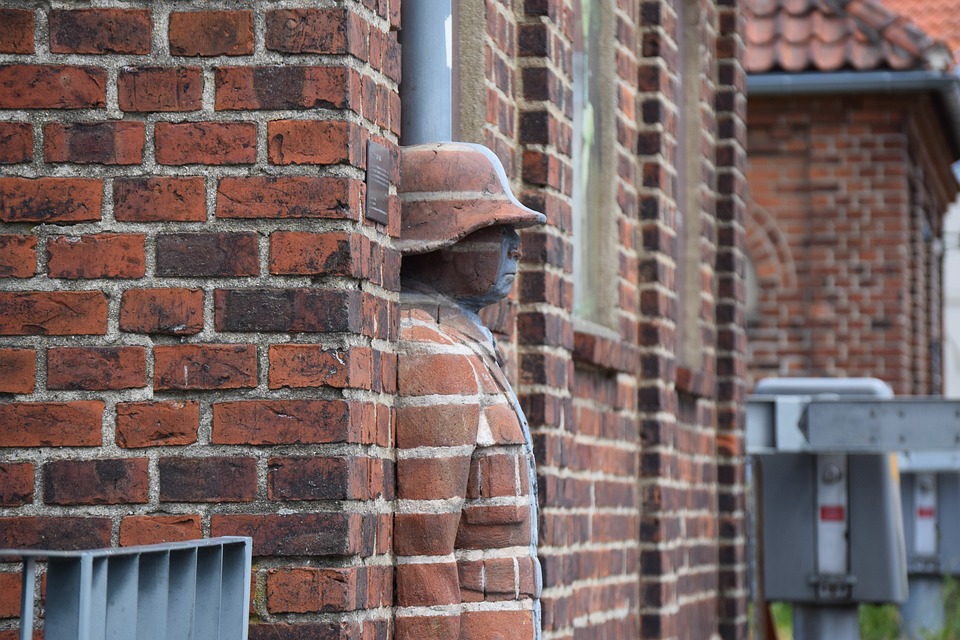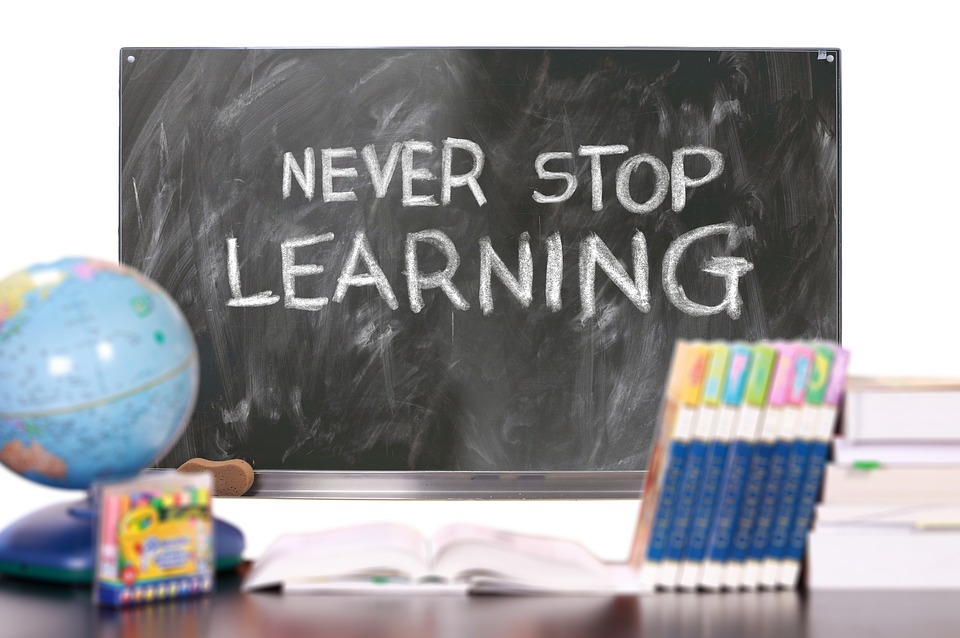Feel the Fear, and the Goosebumps Too: How Our Bodies Respond to Emotional Stimuli
Have you ever watched a thrilling movie, read a suspenseful book, or experienced a life-altering event, and felt your body respond in a way that was both thrilling and unsettling? You’re not alone. Our bodies have a unique way of reacting to emotional stimuli, and it’s all due to the complex interplay between our brain, nervous system, and various bodily functions.
The Physiological Response to Fear
When we encounter a frightening or intense experience, our body’s "fight or flight" response kicks in. This ancient reflex, controlled by the sympathetic nervous system, prepares us to either confront the threat or flee from it. In this state, our heart rate increases, blood vessels constrict, and our brain sends signals to release stress hormones like adrenaline and cortisol.
One of the most recognizable symptoms of this response is the classic "goosebump" phenomenon. The sudden release of adrenaline causes tiny muscles at the base of each hair follicle to contract, resulting in the formation of small bumps on the skin. This sensation, often accompanied by a racing heart, sweating, and a sense of trembling, is a natural response to fear.
The Role of the Brain in Emotional Response
But how does our brain orchestrate this complex physiological response? The answer lies in the limbic system, a network of structures responsible for emotions, motivation, and memory. The limbic system is closely linked to the autonomic nervous system, which regulates involuntary bodily functions like heart rate, breathing, and digestion.
When we encounter a fear-provoking stimulus, the limbic system sends signals to the brain’s hypothalamus, which then activates the autonomic nervous system. This sets off a chain reaction, culminating in the release of stress hormones and the subsequent physiological response.
The Power of Emotional Connection
Emotional stimuli can also trigger a strong emotional response, often accompanied by a sense of excitement or euphoria. This phenomenon is often referred to as "dopamine release," as the brain’s reward system is activated, releasing feel-good neurotransmitters like dopamine and endorphins.
This emotional connection can manifest in various ways, such as:
- The thrill of a rollercoaster ride or a heart-pumping workout
- The rush of excitement during a favorite hobby or activity
- The sense of relief and accomplishment after overcoming a challenge
Image: The Anatomy of Fear Response
[Insert image: A diagram illustrating the neural pathways and physiological responses involved in the fear response]
FAQs: The Science of Emotional Response
Q: Why do I get goosebumps when I’m scared?
A: The sudden release of adrenaline causes tiny muscles at the base of each hair follicle to contract, resulting in the formation of small bumps on the skin.
Q: What’s the difference between a fear response and an emotional response?
A: A fear response is primarily driven by the brain’s "fight or flight" response, while an emotional response involves the release of neurotransmitters like dopamine and endorphins, which can evoke feelings of excitement or euphoria.
Q: Can I control my emotional response to fear?
A: While we can’t completely eliminate our fear response, we can learn to manage our emotions through techniques like mindfulness, deep breathing, and cognitive restructuring.
Q: Is it normal to experience a physiological response to emotional stimuli?
A: Absolutely! Our bodies are designed to respond to emotional stimuli, and the physiological response is a natural and normal part of the human experience.
Conclusion
The next time you feel your heart racing or your skin tingling in response to an emotional stimulus, remember that your body is simply doing what comes naturally. The complex interplay between our brain, nervous system, and bodily functions is a remarkable example of the intricate workings of the human body. So, the next time you feel the fear, don’t be afraid to let your body respond – it’s just your body’s way of saying, "Hey, I’m alive, and I’m ready for the thrill of the ride!"



